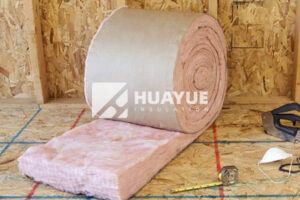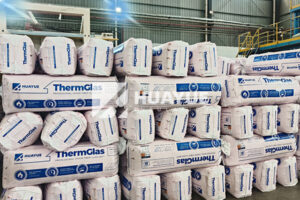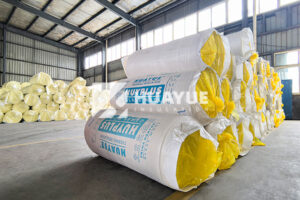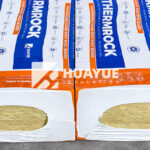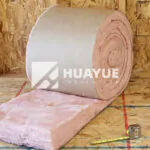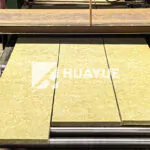What is better, blown in or batt insulation?
Choosing the right insulation can be confusing and expensive if you pick the wrong one. Many people end up stuck with poor performance or high maintenance costs.
Batt insulation is usually the better choice. It offers higher value for money, is easy to install, precise in size, and comes in different R-values for flexibility and performance.
If you have ever faced the dilemma of comparing blown in and batt insulation for your project, you know the decision can be tough. I remember grappling with this myself during my first big factory upgrade. To avoid mistakes and ensure long-term reliability, it is important to look at installation, cost, safety, and long-term performance. Let’s get into each point.
Is batt insulation safer and easier to install?
Many insulation choices carry safety or installation risks that are not obvious at first. Bad installation can cause gaps, sagging, or hidden fire hazards.
Batt insulation is safer and easier to install because it is pre-cut to specific widths and can be fitted quickly, reducing handling and airborne particles associated with blown in products.
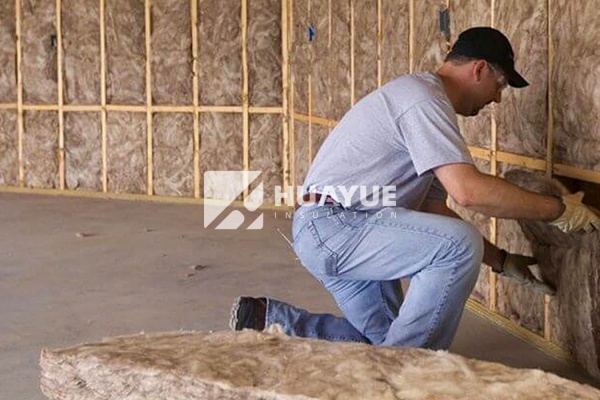
Batt insulation comes in panels or rolls which fit standard framing spaces, such as between wall studs or ceiling joists. This means you do not need any complex blowing equipment or protective measures against loose fibers, which are common with blown in materials. You can install batt insulation with basic tools like a utility knife and a straightedge. For someone with site safety concerns or limited downtime, batt insulation cuts down on labor time and reduces potential mess.
I worked on a retrofit where downtime was very expensive for the plant. Batt insulation went up fast, and we had fewer clean-up issues compared to previous projects that used blown in material. Plus, it is easier to inspect batts after installation. You can see right away if there are gaps or compressed areas. This lowers risk of air leakage and poor thermal performance over time, important for safety-conscious decision makers.
| Attribute | Batt Insulation | Blown In Insulation |
|---|---|---|
| Installation Speed | Fast | Moderate to slow |
| Equipment Needed | Simple hand tools | Specialized blowing machine |
| Mess/Cleanup | Very low | Moderate to high |
| Exposure to Airborne Particles | Minimal | High during installation |
| Inspection and Adjustments | Easy | Hard to check; hidden |
| Suitability for Safety Concerns | High | Moderate |
Which insulation offers better value and flexibility?
People often get blindsided by initial price tags and forget about long-term cost, compatibility, or system upgrades. Poor insulation choices can eat away your budget when maintenance rolls around.
Batt insulation offers better value and flexibility because it comes in a wide range of R-values and sizes to suit different projects, and its performance holds up over time with fewer maintenance surprises.
With blown in insulation, it can be hard to control coverage and exact thickness, especially on vertical or sloped surfaces. This means performance can vary from spot to spot, which might not be noticed until cold spots or condensation show up. In contrast, you can choose batt insulation with the exact R-value your code or process needs. You can even double the batts for higher R-value if required.
I once chose batt insulation for a tank upgrade because it allowed me to adjust the thickness on-site, not just by machine metering. When comparing bids, batt insulation came out cheaper on labor and total cost because less material waste was generated, and there was no need for special machinery.
| Key Factor | Batt Insulation | Blown In Insulation |
|---|---|---|
| R-Value Range | Broad, can combine layers | Limited by application |
| Cost Control | High; predictable | Can vary by surface/skill |
| Adjustability | Easy to add/remove/replace | Difficult; total redo often |
| Long-Term Value | High; stable performance | Risk of settling, shifting |
| Upgrades/Repairs | Simple | Complex, messy |
How does batt insulation compare in long-term durability?
Some insulation types can lose performance due to settling, moisture, or pests. These issues are hard to see but expensive to fix.
Batt insulation stays in place and keeps its shape, which means better durability and reliable insulation over many years.
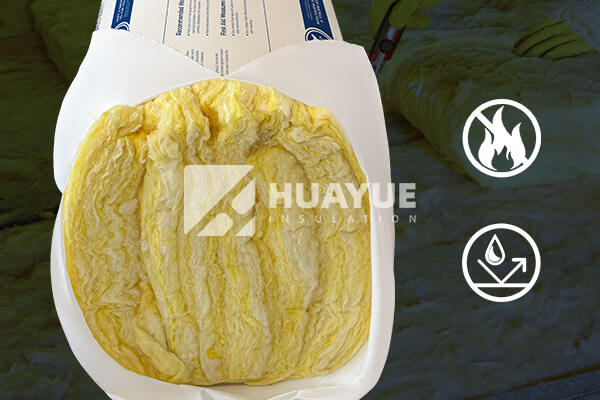
Blown in insulation can settle over time, creating air pockets and cold spots. It is also more prone to absorbing moisture in some settings. This is especially risky on cold tanks or pipes, where wet insulation can cause corrosion under insulation (CUI)—a nightmare for anyone in chemical or cryogenic applications.
I found that batt insulation made of glass wool or rock wool keeps its structure and does not slip or compress. When used with proper vapor barriers or jacketing, it resists moisture and pests much better. Maintenance teams appreciate this because it does not create sudden surprises when the insulation system is inspected after several years.
| Durability Factor | Batt Insulation | Blown In Insulation |
|---|---|---|
| Risk of Settling | Very low | Moderate to high |
| Moisture Absorption | Minimal with vapor barrier | Can be high |
| Risk of CUI | Lower with correct install | Higher if moisture present |
| Pest Resistance | High (inorganic options) | Moderate |
| Maintenance Needs | Simple spot repairs | Often requires re-blowing |
Conclusion
Batt insulation is safer, gives more value, and lasts longer. It is the smarter choice for most industrial, commercial, and residential projects.
You may also be interested in:
Ready to Get Started?
Get in touch with our experts for personalized solutions tailored to your needs.
Get Free QuoteLatest Articles
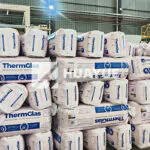
Glass Wool Fire Rating: How Safe Is Your Insulation?
Dec 25, 2025
Let's Work Together
Ready to take your business to the next level? Get in touch with our team of experts and let's discuss how we can help you achieve your goals.
Get Free Solutions
